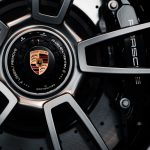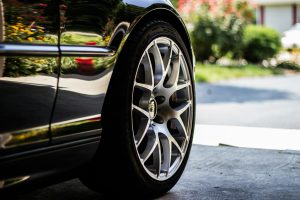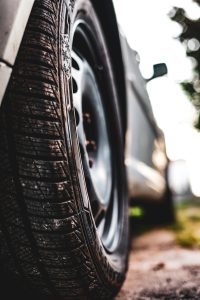How do I know what my recommended tire pressure should be?
If you are unsure what your tire pressure should be – rest easy – you are not alone. It is a subject that many people are unsure about. With recommendations coming from all directions, including well-meaning family members, it is hard sometimes to know exactly what to do.

Tire Manufacturers & Distributors and Vehicle Manufacturers all agree – use the Vehicle Manufacturers recommendation. Today’s vehicles have been designed by some amazingly smart engineers and they don’t put just any tire on any car and they take the tire’s pressure very seriously when building the systems on your vehicle. All parts of the system and the computer in your vehicle that monitors the system all are built to accommodate a specific pressure. They take in to account many factors, including fuel economy, load capacity of the vehicle, safety of dry and wet conditions, among others. Running your tires at the wrong pressure can affect the performance of your vehicle in many different ways, shorten the life of your tires and in extreme situations can even cause unsafe driving conditions for your family by affecting your anti-lock braking systems and other safety features
“So, now that I know I’m supposed to go by the Vehicle Manufacturer’s recommended pressure, how do I find it?” Great question! There is a sticker in the door frame of your vehicle on the driver’s side that will list many important bits of information. I have attached several samples with arrows to indicate the tire pressure information as a sample. If you go to your door frame and your sticker is illegible, gone, or just too hard to figure out, then give me a call and I will be happy to look up the information for you!
Understanding Tire Pressure
Importance
Maintaining proper tire pressure is crucial for both safety and performance. Incorrect tire pressure can lead to accidents, affecting not only the driver but also other road users. Regularly checking and adjusting tire pressure enhances tire longevity and fuel efficiency, saving money in the long run.
Driving with underinflated tires causes increased friction due to low inflation pressure, leading to more heat generation and wear. Conversely, overinflated tires reduce the contact area with the road, impacting traction, braking distance, and inflation pressure. Correct tire pressure ensures optimal grip, handling, and stability while driving.

Failing to maintain the correct tire pressure can result in blowouts or loss of control during sudden maneuvers. This emphasizes the critical role of proper tire pressure in preventing accidents on the road. Remember, safety always comes first.
Basics
Tire pressure refers to the amount of air inside a tire, measured in pounds per square inch (PSI) or kilopascals (kPa). It is vital for vehicle operation as it supports the vehicle’s weight, absorbs shocks from the road, and maintains proper handling, preventing tire failure and flat tire.
Underinflated tires can lead to increased rolling resistance, reducing fuel efficiency and causing premature wear on the tread. On the other hand, overinflated tires are prone to uneven wear on the center of the tread due to reduced contact with the road surface.
Experts recommend checking tire pressure at least once a month or before long trips using a reliable pressure gauge. Properly inflated tires ensure optimal performance, handling, and safety while driving.
Measurement Units
Understanding different measurement units is essential for accurately maintaining tire pressure. PSI (pounds per square inch), BAR (barometric pressure), and kPa (kilopascals) are commonly used metrics for measuring air pressure in tires.

Converting between these units may be necessary when referring to manufacturer recommendations or using different types of pressure gauges. For instance, 1 BAR is equivalent to approximately 14.5 PSI or 100 kPa. Using the correct unit ensures accurate readings and proper inflation levels for your tires.
